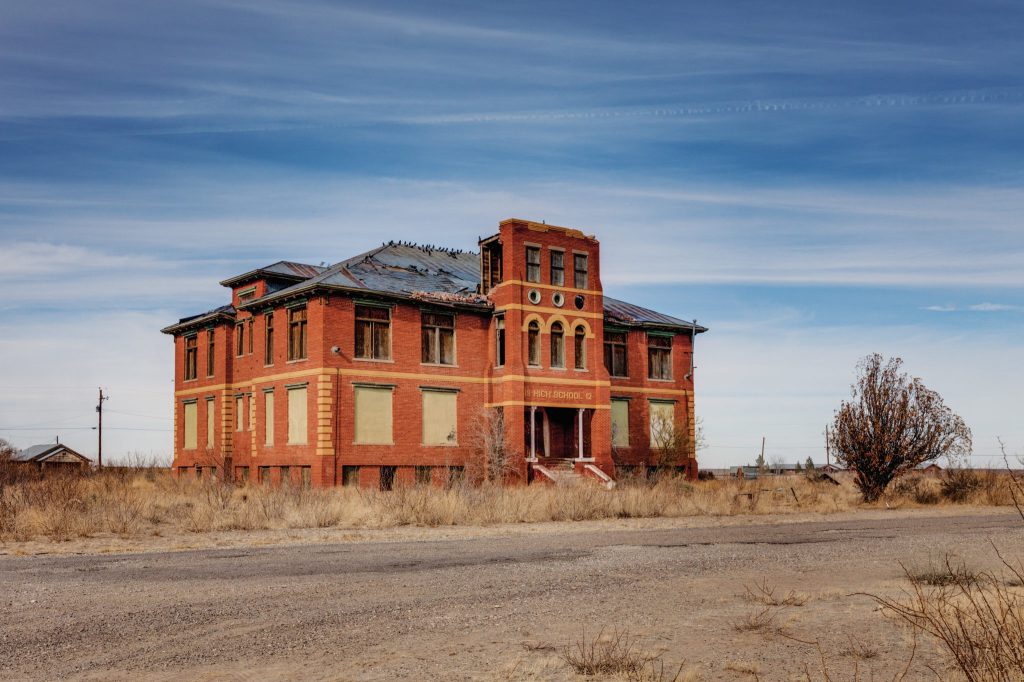Abandoned Townsite Detecting: Unearthing History through Metal Detecting
Metal detecting has long been a popular hobby among treasure hunters and history enthusiasts. The thrill of discovering lost artifacts and uncovering forgotten stories is what drives many detectorists to explore various locations. One particular area that holds immense fascination for metal detectorists is abandoned townsites. These ghostly remnants of the past offer a unique opportunity to delve into history and unearth hidden treasures. In this article, we will dive into the world of abandoned townsite detecting, exploring its allure, techniques, challenges, and the rich rewards it offers.
Why Abandoned Townsites?
Exploring abandoned townsites with a metal detector provides an incredible window into the past. These once-thriving communities were home to people who lived their lives amidst these now-deserted buildings and streets. The remnants left behind can paint a vivid picture of daily life in times gone by.
One of the main reasons why abandoned townsite detecting is so enticing is the potential for finding valuable relics from different eras. From old coins and jewelry to buttons, buckles, tools, and pottery fragments – each discovery adds another layer to our understanding of these forgotten places.
Researching Abandoned Townsites
Before embarking on an expedition to an abandoned townsite, thorough research is essential. Historical maps, records at local libraries or historical societies, books about local history – all these sources can provide valuable information about potential sites worth investigating.
Look for clues such as former businesses or landmarks that may have existed in those townsites’ heydays. Pay attention to areas where people would have gathered frequently like marketplaces or parks as they are often hotspots for artifact discoveries.
By researching beforehand, you can pinpoint specific areas within these sprawling sites where your metal detector might yield more fruitful results.
Tools of the Trade
When it comes to equipment selection for abandoned townsite detecting adventures, there are several key considerations. Firstly, a reliable metal detector with good discrimination capabilities is paramount to distinguish between valuable artifacts and modern-day trash.
A pinpointer is also a handy tool to have in your arsenal. It helps to narrow down the search area when you get a signal from your metal detector, allowing for more precise digging and reducing potential damage to uncovered artifacts.
Other tools such as shovels, trowels, brushes, and mesh screens come in handy for careful excavation of buried relics. Remember always to obtain permission before detecting on private property or protected historical sites.
Techniques for Successful Detecting
When searching an abandoned townsite, it’s important to approach the task systematically. Start by sweeping your metal detector slowly in a grid pattern across the ground surface. This allows you to cover every inch of the area methodically while maximizing your chances of finding hidden treasures.
Pay close attention to areas where people would gather or pass through regularly – like pathways, entrances, near old wells or water sources. These spots often yield interesting discoveries since they were high-traffic areas back in the day.
Don’t just focus on detecting only within open spaces; explore under tree canopies, behind bushes or rocks too! These places might hide forgotten remnants that were once part of daily life but have been concealed over time.
Challenges and Rewards
While exploring abandoned townsites can be incredibly rewarding both historically and personally, it does come with its fair share of challenges. One significant obstacle is deciphering signals amidst various layers of debris accumulated over decades or even centuries.
Metal detectors may give off false readings due to nails, tin cans, bottle caps, and other modern litter scattered throughout these sites. Patience and experience play crucial roles here as you learn to differentiate genuine signals from mere noise.
Moreover, many abandoned townsites are located in remote locations with difficult terrain or dense vegetation. Be prepared for physical challenges such as hiking long distances carrying heavy equipment or navigating through rugged landscapes.
However, the rewards of abandoned townsite detecting far outweigh the challenges. Each find is a connection to the past, allowing us to piece together stories that have long been forgotten. Holding an artifact in your hands that hasn’t seen the light of day for centuries is a humbling experience and a true testament to the power of metal detecting as a tool for historical preservation.
Preserving History
When exploring abandoned townsites, it’s important to adopt responsible detecting practices. Always seek permission from landowners or authorities before embarking on your adventure. Leave no trace behind by properly backfilling any holes you dig and being respectful of these historical sites.
Consider joining local metal detecting clubs or groups focused on preserving history through responsible metal detecting practices. These organizations often collaborate with archaeologists or historians, contributing valuable data and insights regarding discovered relics.
Conclusion
Abandoned townsite detecting offers an exciting opportunity to step back in time and unearth forgotten treasures while preserving history for future generations. Through thorough research, proper equipment selection, systematic techniques, and respect for these ghostly remnants of the past, detectorists can discover priceless artifacts that tell compelling stories about our shared heritage.
So grab your metal detector, embark on an expedition to an abandoned townsite near you, and get ready to uncover hidden gems that will enrich our understanding of days gone by!
